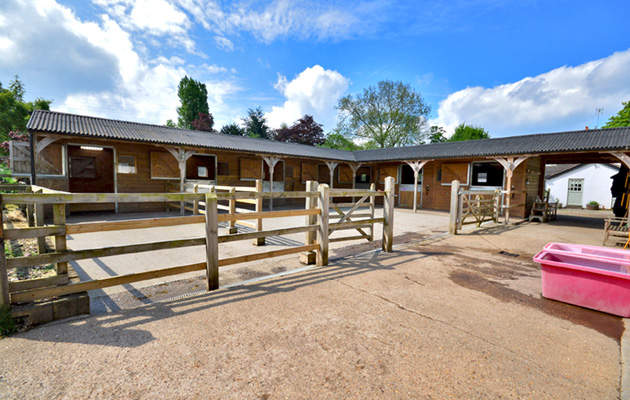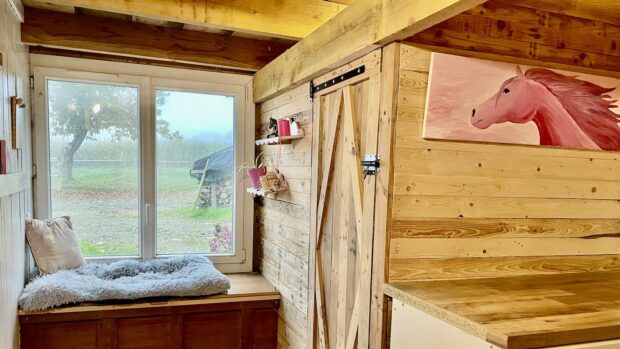As the nights start drawing it, you may be considering giving your horse stable lighting an overhaul. If your stables are not on mains power, then solar-powered lights are worth considering as an alternative to an expensive and noisy generator. Rechargeable lights are another option.
Top tips for stable lighting
1. If possible use LED lights as they have a long lifespan, are more energy efficient and operate well in cold and hot temperatures. Strip LED lights are very common in stables.
“Due to the way technology has advanced, LED lights are the most popular as they give the cheapest and most uniform lighting,” explains Stuart Bark, managing director of Chapelstone Equestrian Construction.
2. Put a plastic safety cover over all lights so if a horse rears in its stable or the bulb breaks it won’t shatter and cause injury or contaminate the horse’s bedding.
3. Avoid shadowy areas when positioning lights.
4. Ensure all exterior lights are weatherproof.
5. Make sure any internal cabling is in conduits. Don’t leave exposed wires which a horse or rodent could chew on.
“It’s important to keep light switches out of a horse’s way. Often somewhere which is convenient for a human to reach will also be convenient for horses to turn on and off so we tend to place any light switches behind the top stable door so a horse can’t access them,” continues Stuart.
6. Place the consumer unit somewhere like the tack or feed room so it is well away from the horses.
7. If your stable block doesn’t have mains power, solar powered lights can be a good option. If you want to fix solar powered LED lights to the roof, investigate whether the roof will be able to support the weight of the panels and how they will be attached.
8. Installing movement sensor lights outside the stable block or at the entrance to the yard can be useful and also a good safety deterrent.
If you are on mains power, check that your cabling is sufficent to carry the load and the use will not exceed the maximum wattage. You should factor in other items such as kettles, cookers or hay steamers that will be using the electricity. The distance the electricity needs to travel also needs to be looked at.
“Electricity is like water, the further it needs to go the wider the cable will need to be,” says Stuart.
Always ensure you use a qualified electrician so all work is carried out professionally and to the required safety standard.
You might also be interested in:

How to get planning permission for stables

Fancy keeping your horses at home? Useful tips for building a stable yard

High-spec stabling: H&H explores some of the most luxurious yards *H&H Plus*
Beauty combines with practicality at the world’s most luxurious stable yards. Emily Bevan discovers the options – if you have

Subscribe to Horse & Hound magazine today – and enjoy unlimited website access all year round
Horse & Hound magazine, out every Thursday, is packed with all the latest news and reports, as well as interviews, specials, nostalgia, vet and training advice. Find how you can enjoy the magazine delivered to your door every week, plus options to upgrade your subscription to access our online service that brings you breaking news and reports as well as other benefits.





